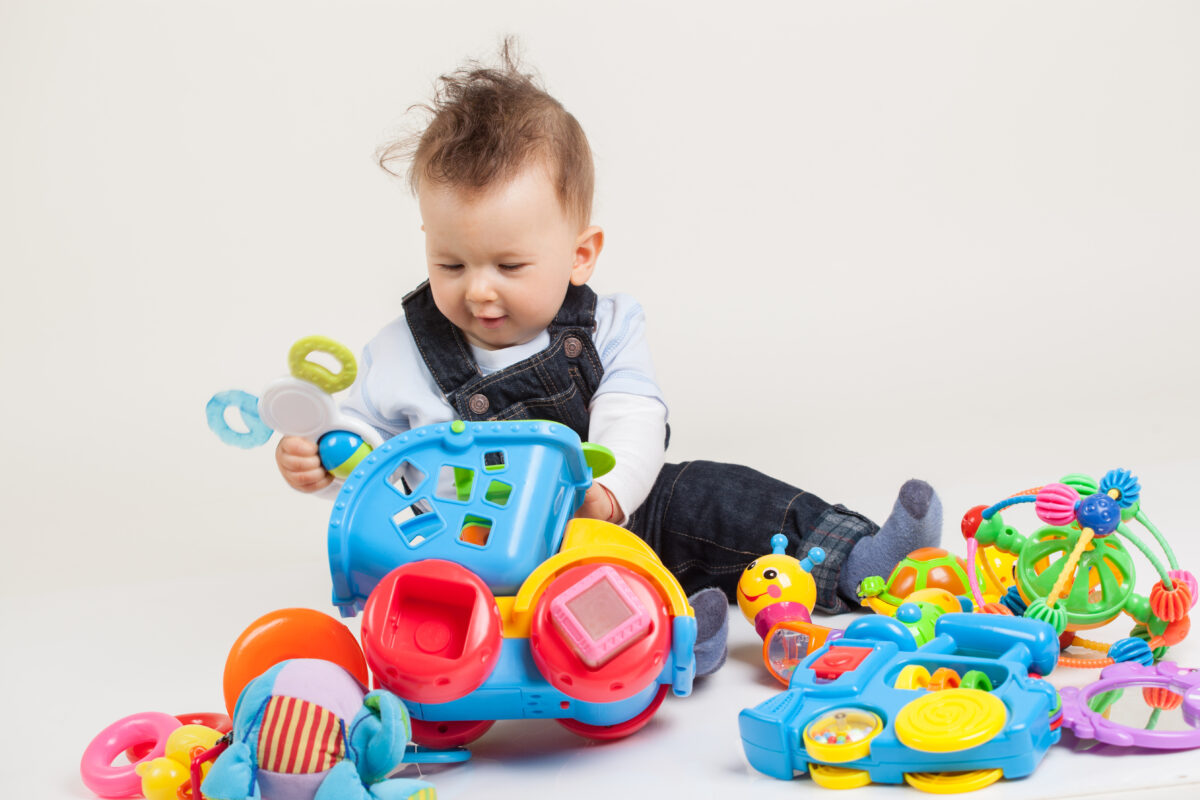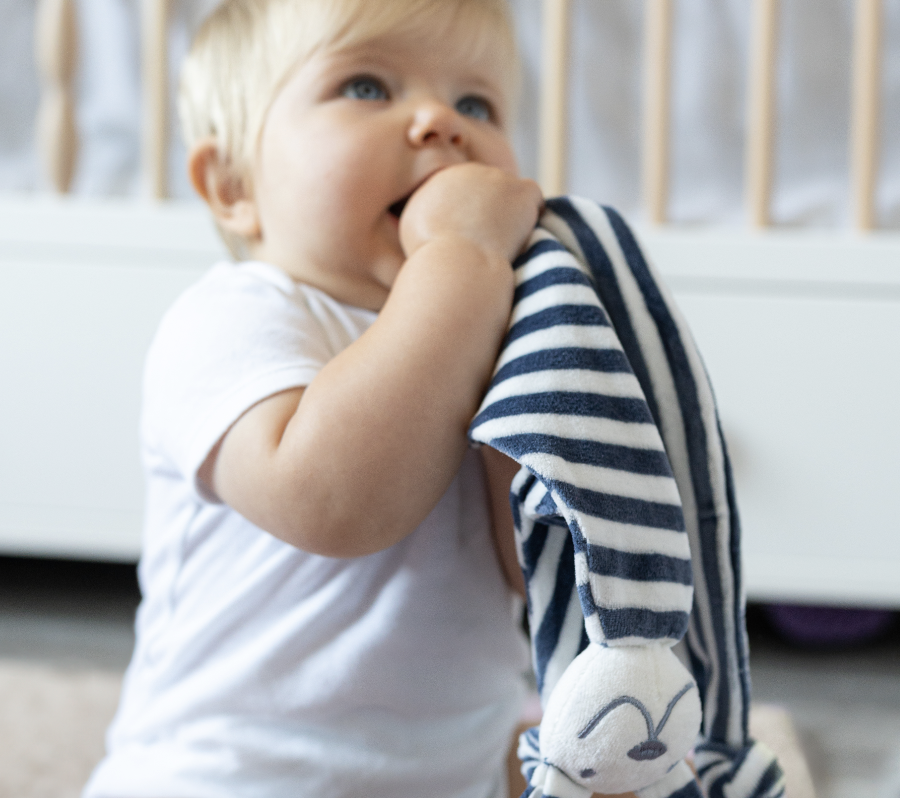
In a study published this month, scientists have found a significantly higher risk of early death, heart attacks and strokes in people with plastic particles in their blood. The plastics which were implicated in this study to be substantial risk factors in particular were PVC and polyethylene. The study analysed blood from 304 patients over 34 months. Those found with microplastics in their blood were 4.5x more likely to have a stroke, heart attack or premature death than those with no plastics in their blood.
The saddest part of all is that we now know that babies and small children are ingesting up to 20x more microplastics than adults, and this is a direct result of the plastic products which have infiltrated their daily lives. And these tiny plastics are even reaching them before they’re born. In another study, published in February 2024, significant levels of micro and nanoplastics were found in 62 out of 62 placentas examined. Once again, polyethylene (polyester, water bottles, plastic bags) was the most prevalent polymer detected accounting for 54% of all the plastic particles detected in these samples. But there is HOPE from this study! As it showed a huge variation in concentrations of plastics in each placenta, ranging from 6.5 – 685 mg NMP per gramme of placenta tissue. And this shows us just how much power we each individually have over our own exposure levels. There is so much we can do and while we urgently need to turn the tide on the plastic crisis, in the meantime we can find ways to protect our own families from these tiny plastic toxins.
The number one simplest and most effective way to significantly reduce your children’s exposure to microplastics is to drastically cut down on synthetic fabrics. Think teddies, fluffy fleeces, polyester blankets, carpets etc. Every single time synthetic fabric is worn, played with, washed or ‘disturbed’ it releases literally thousands or sometimes millions of microplastics into the surrounding environment. These then enter the body via three main pathways: Inhalation, ingestion and dermal absorption. If you do nothing else, and you only read up to this point, cutting down on polyester and acrylic materials is the quickest and easiest way to protect your children from excessive microplastics.
Below we discuss other easy swaps and talk more about the key exposure pathways for nano and microplastics into the human body.
Understanding the main microplastics found in the blood and in the placentas in the studies above
Polythylene – commonly used in children’s toys, teddies, polyester clothing, synthetic carpets, plastic bags, bin liners and water bottles.
PVC – commonly used for baby blackout blinds, play mats, laminate flooring, shower curtains, car interiors and more. It’s nicknamed ‘the poison plastic’ due to its toxic chemical content.
How do plastics get into human blood and what can we do about it?
There are two main areas of concern about how microplastics and nanoplastics are getting into the human bloodstream. One is that microplastic pollution in our environment has now reached such a level that these tiny plastic particles are found in our water, food and air. The other is a more direct route into the human body via primary exposure to these plastics, such as synthetic fabrics and indoor air pollution.
How to easily reduce your exposure to microplastics
While we can all do our bit to reduce global plastic pollution, this area of exposure is largely out of our control. However, there are a lot of choices we can make which will reduce the amount of plastics which enter our own bodies. Our number one top recommendation, which we spoke about above, and which will reduce your family’s exposure to microplastics the most significantly is to avoid all types of synthetic fabric. These fabrics shed thousands of plastic particles into the air that we breath, get absorbed through our skin into our bloodstream and are ingested either directly (when little people suck on them) or indirectly (when the particles in the air land on food and kitchen surfaces).


Here are some other quick and easy steps to cut down your family’s microplastics risks:
- Always drink filtered water. This has been shown to reduce microplastics in water by up to 100%. If a water filter isn’t available, boiling hard water for five minutes before cooling and then putting through a make-shift filter has been shown to reduce up to 80% of some microplastics, as they get trapped in the limescale which is formed when boiling.
- Avoid all polyester materials, in particular those which are fluffy and therefore shed more particles into the air and onto our skin
- Choose natural fabric teddies and wooden or natural toys
- Opt for natural fabric activewear and natural fabric swimwear. This is particularly important as sweating and high body heat from being in the sun has been shown to cause higher absorption rates of plastic toxins through direct skin contact
- Choose wooden flooring or wool or jute carpets, avoiding synthetic rugs, polyester sofas and other plastic-based upholstery in your house
- Eat a whole-food diet avoiding unnecessary plastic packaging and avoiding ultra processed foods, which contain more plastics
- Keep plastics out of the kitchen and don’t cook or prepare food wearing synthetic clothing
- For ‘unavoidable’ kitchen plastics, never put them in the dishwasher as this caused them to degrade and release more microplastics
- Do your part to reduce the amount of plastic pollution entering our waterways by saying no to single use plastic, washing synthetic fibres responsibly and choosing natural alternatives wherever possible
- Buy an air purifier for your home, or open windows daily to clear out household air
Read more about how to reduce your family’s exposure to microplastics over on our Plastic Free Babies page here.
You can also find a huge selection of plastic-free toys, organic swimwear, PVC-free blackout blinds and plastic-free children’s products at our shop below.
Sources:
The New England Journal of Medicine. Microplastics and Nanoplastics in Atheromas and Cardiovascular Events, March 7th, 2024: https://www.nejm.org/doi/10.1056/NEJMoa2309822
Environmental Science and Technology: Drinking boiled tap water reduces human intake of nanoplastics and microplastics. https://pubs.acs.org/doi/abs/10.1021/acs.estlett.4c00081
Oxford Academic: Quantitation and identification of microplastics accumulation in human placental specimens using pyrolysis gas chromatography mass spectrometry https://academic.oup.com/toxsci/advance-article-abstract/doi/10.1093/toxsci/kfae021/7609801?redirectedFrom=fulltext&login=false
